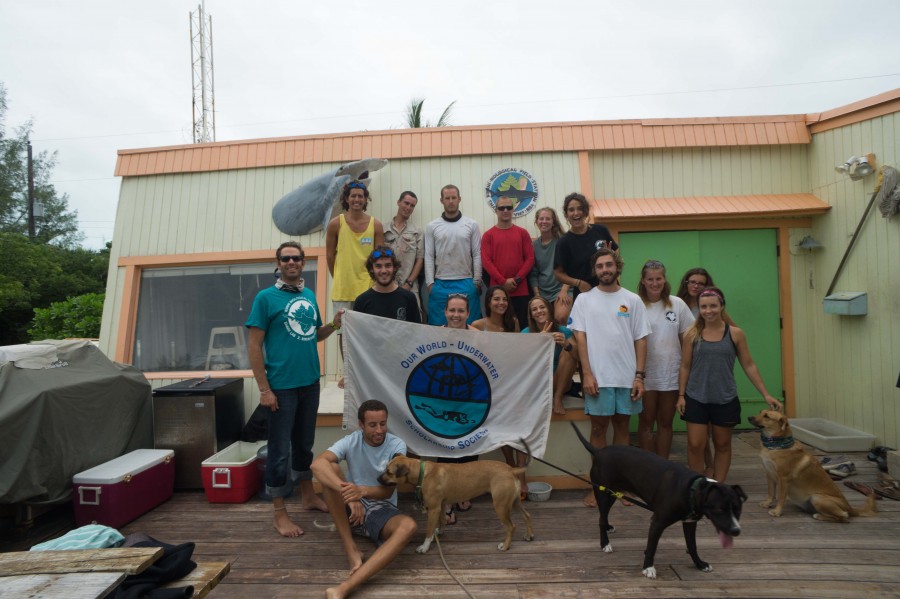After my short layover in Fort Lauderdale, I headed back to the Bahamas. This time to a different island, Bimini, to participate in a research experience with the world renowned Shark Lab. Over the next 5 days the group I was a part of was shown a range of the shark and stingray related programs that the lab is conducting, many of which we were able to participate in!
The first day we had a short 1-hour flight over from Miami in a 12-seater plane. As we approached Bimini you could really see how tiny the Southern Island was, and this is where the research statin is located. We spent the morning being shown around the lab and introduced to the staff and volunteers, the ones that keep the lab running on a day-to-day basis. After we settled in and dropped our bags off, we headed out on the boat for our first activity! We were taken to a little rocky outcrop about 20 minutes from the island to a site where they commonly spot Caribbean reef sharks, and we got to swim with them for about an hour.
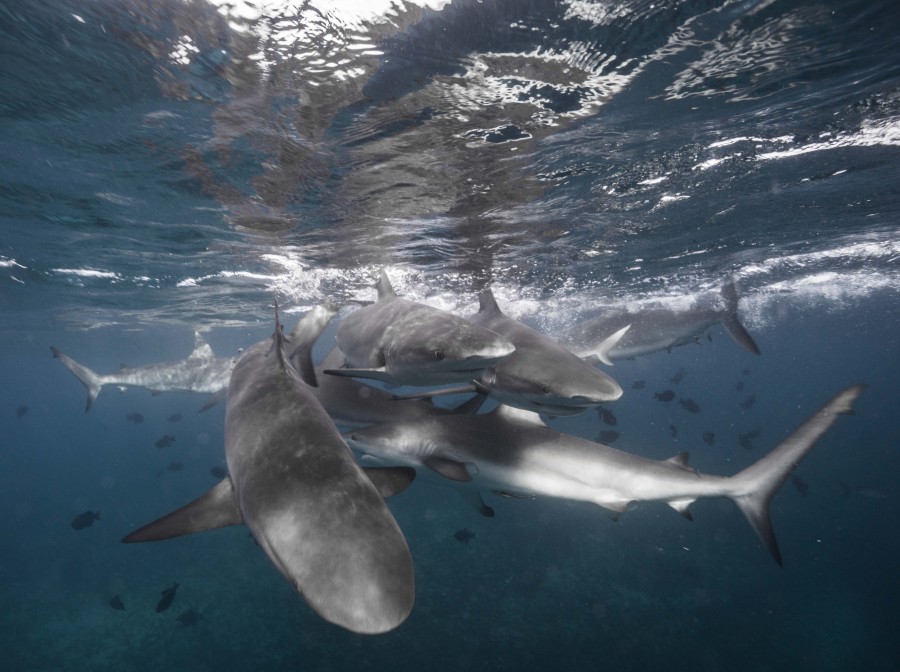
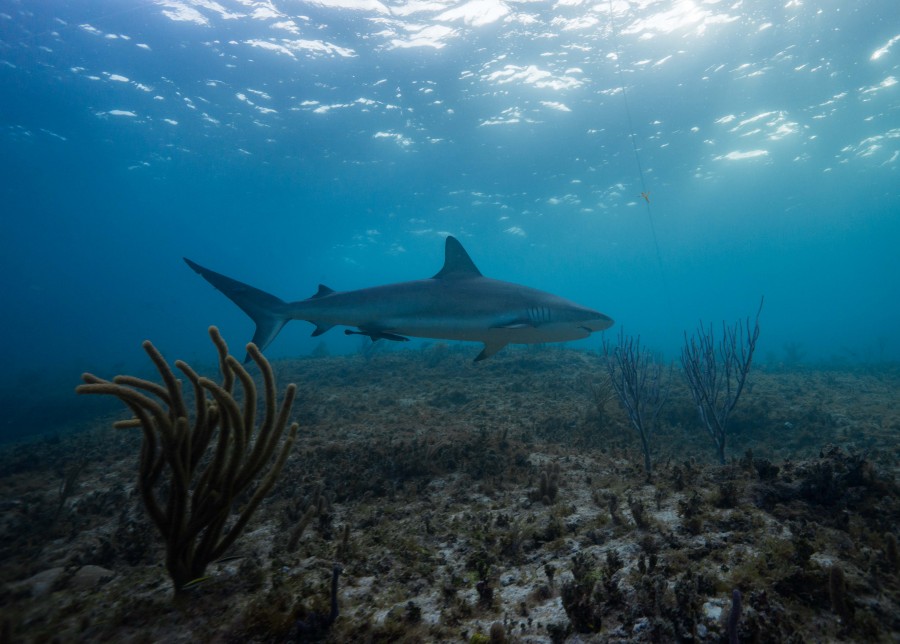
Our second day was incredible. We spent the morning in the shark pen with Anthony, the Out Reach Coordinator for the lab (the guy responsible for running the research experiences). He delivered a hands on workshop on handling small sharks, specifically juvenile tawny nurse and lemon sharks. He talked about the behaviour and physiology of sharks and rays in general, and pointed out certain characteristics on the sharks that make them unique and different to fish, and then it was our turn to handle the sharks! Everyone in the group was shown how to properly handle the sharks in a way that was safe, but not uncomfortable for them. This type of handling is commonly used when obtaining small genetic tissue samples from sharks, or implanting small tag identifiers for research.
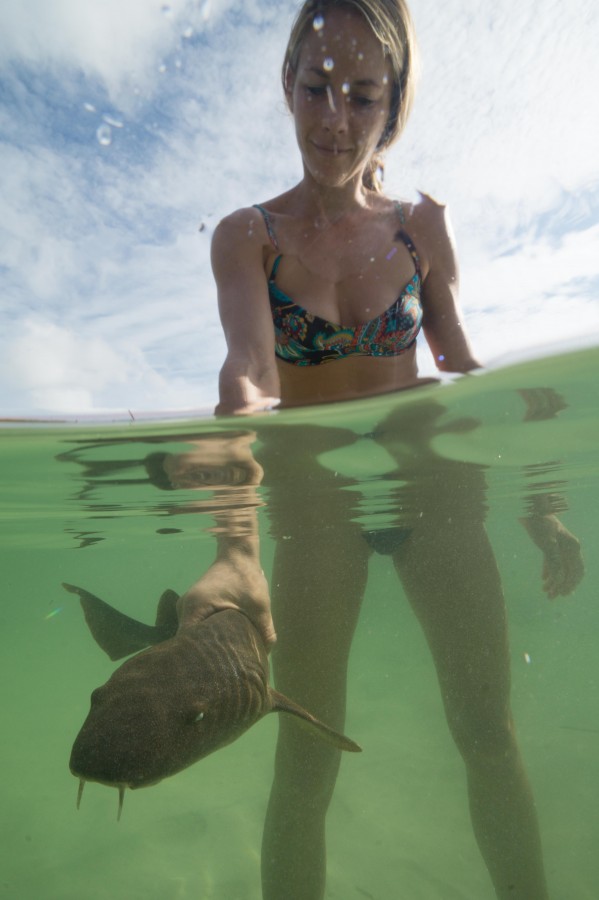
In the afternoon we had a short lecture from Chris, one of the lab staff members. He is responsible for heading up most of the photogrammetry work with the great hammerheads. Basically he explained to us the technique they use to accurately measure the length of these animals in a non-invasive way. By having a camera mounted on a platform with two lasers set at a precise distance apart, you can then use an image of the shark with the lasers to extrapolate and determine its length. This information is used to track the growth rate of the species as they come and go to this island at different times of the year. Next, we hopped on the boat again to try and spot these incredible animals. Before being on the water too long, Medusa, a beautiful hammerhead showed up and entertained us for a couple of hours in the water. This was my first time seeing a great hammerhead, so I was over the moon! After such an exhilarating day we were all pretty exhausted and got a good night sleep to prepare for the next day!

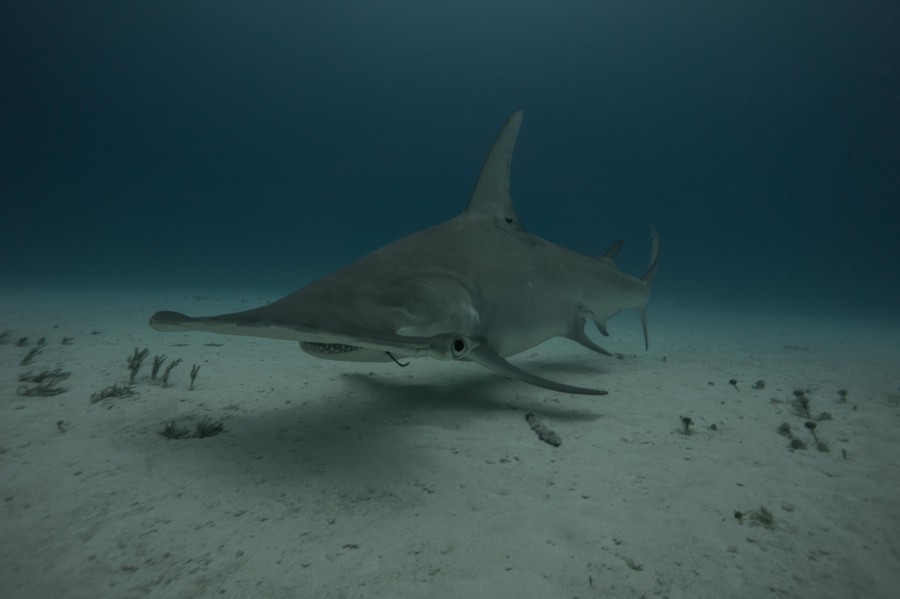
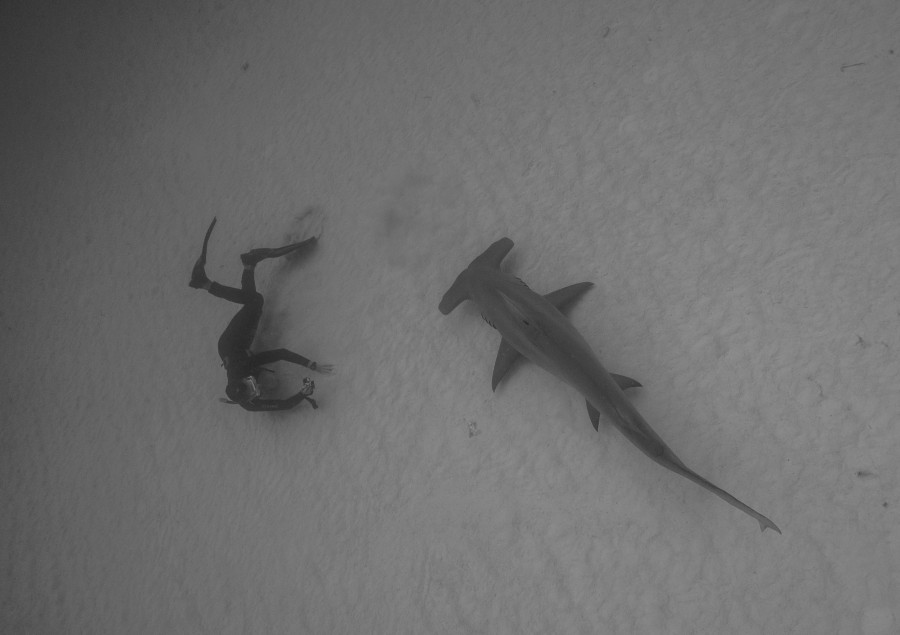
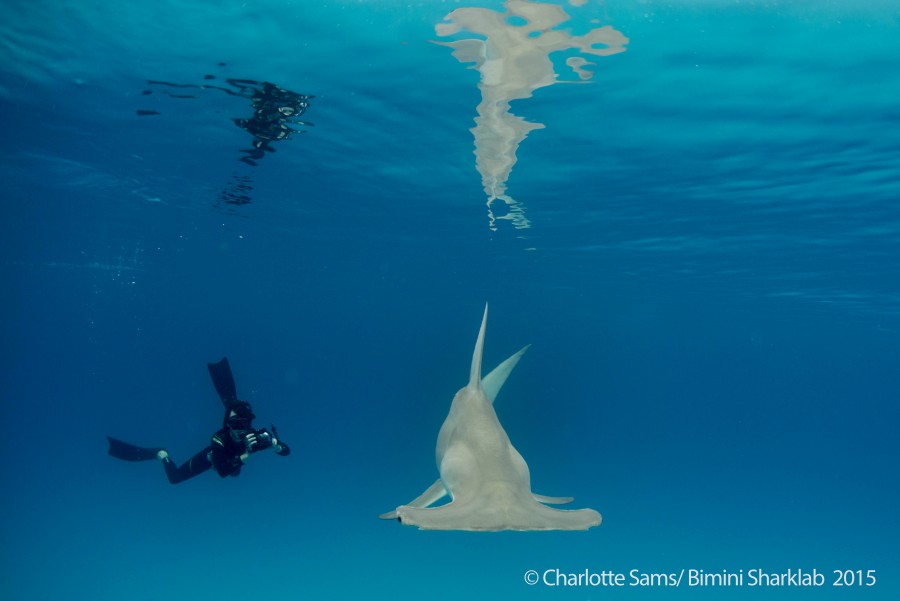
As we woke up for our third day it was pouring down rain with strong winds, which meant we had to change our plans slightly. For the first half of the day we headed to the North Island to visit the main town and to try some amazing, fresh conch. In the afternoon as the weather cleared up we were taken to a different part of the north island on the boat. This island is full of mangroves and we snorkelled around some of them, spotting southern stingrays and lemon sharks. We then walked through a small cut out in the mangroves to an area called Aya’s spot. As the tide comes in, juvenile lemon sharks come to this area for refuge. Mangroves are often an essential nursery ground for sharks, stingrays, fish, turtles and many more animals.
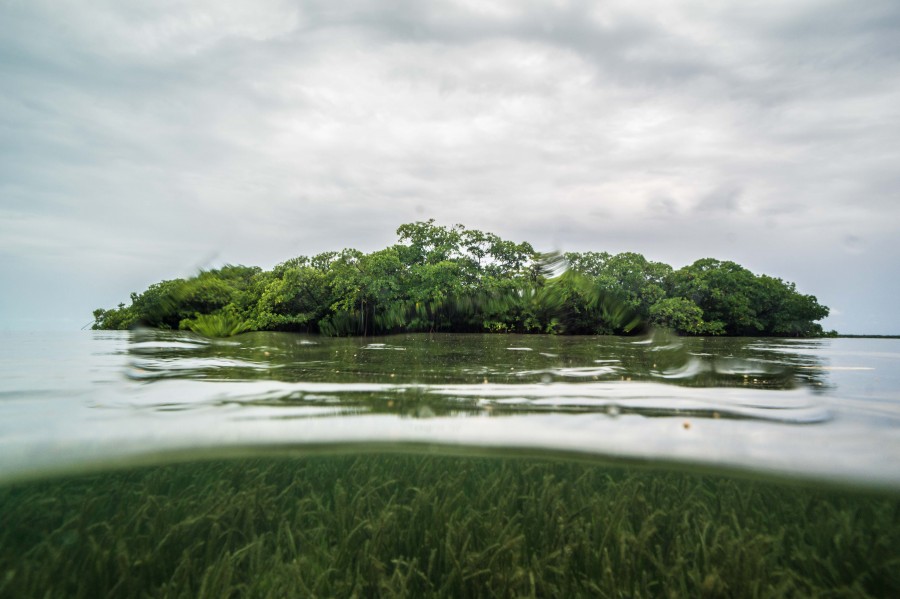
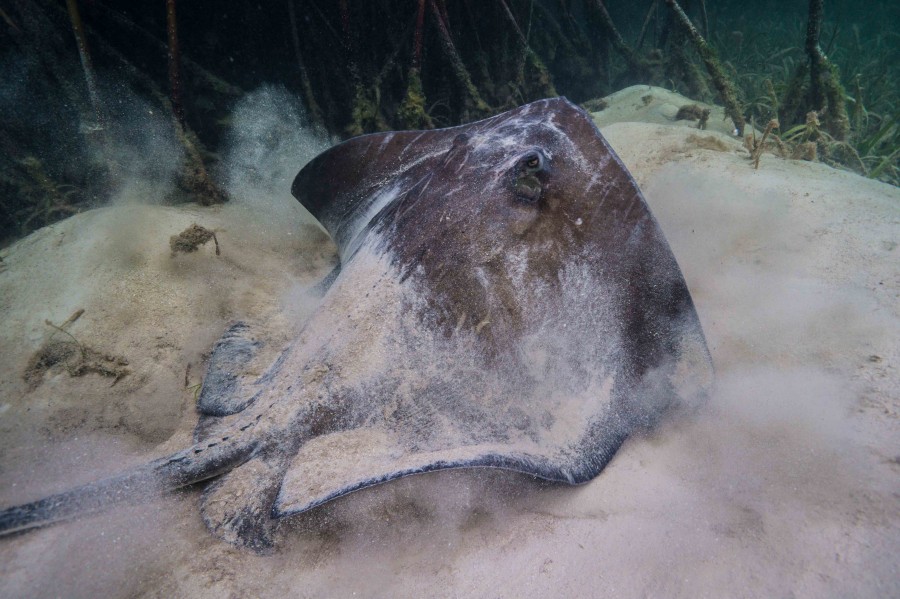
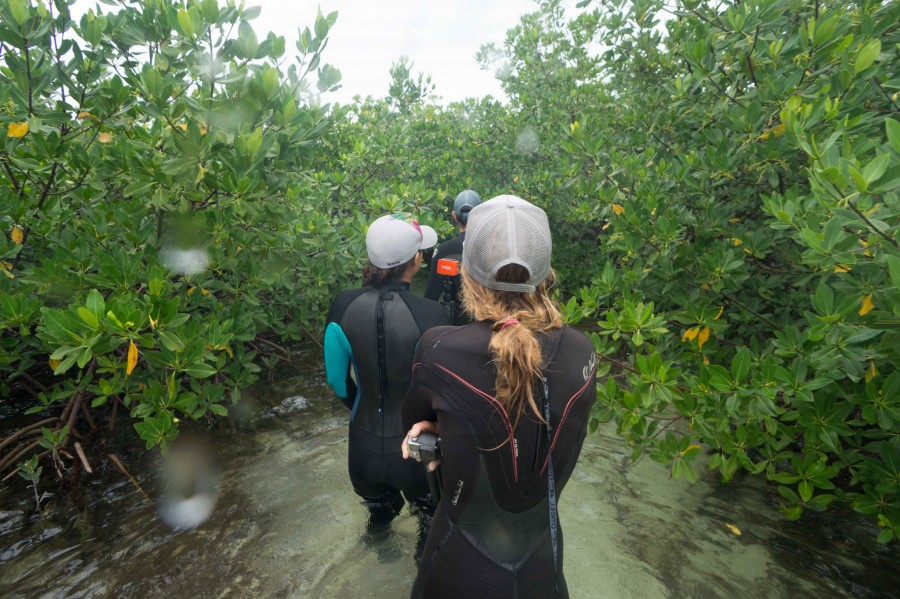
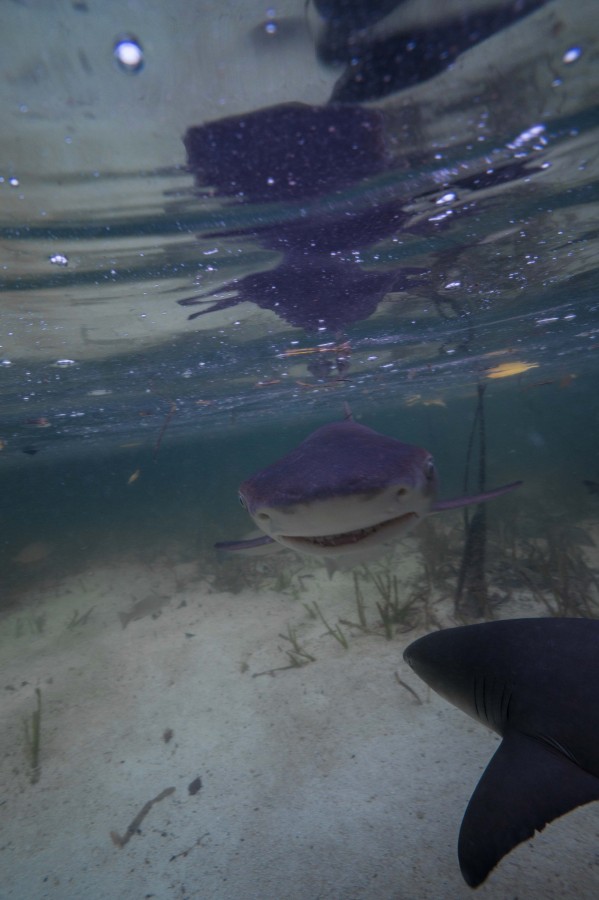
Day four was off to an exciting start, with the morning spent shark wrangling. Three boats headed out, and each one had a specific role; boat 1 was for –working-up the sharks, and boats 2 and 3 were out searching for capturing juvenile tawny nurse sharks. Using the techniques we were shown in the shark pen on day 2, we had the chance to search under crevices for these sharks, and wrangle them to the boat where they were transferred to the work up vessel. This was pretty fun, but you had to remember to hold them just behind the gills with you first hand, and behind the first dorsal with your second hand. You don’t want to grab them by the tail, because they can bend and bite you hand! One of the research girls, Alison, grabbed her first shark by the tail, but luckily it was the tiniest nurse shark I have ever seen and it didn’t bite her!
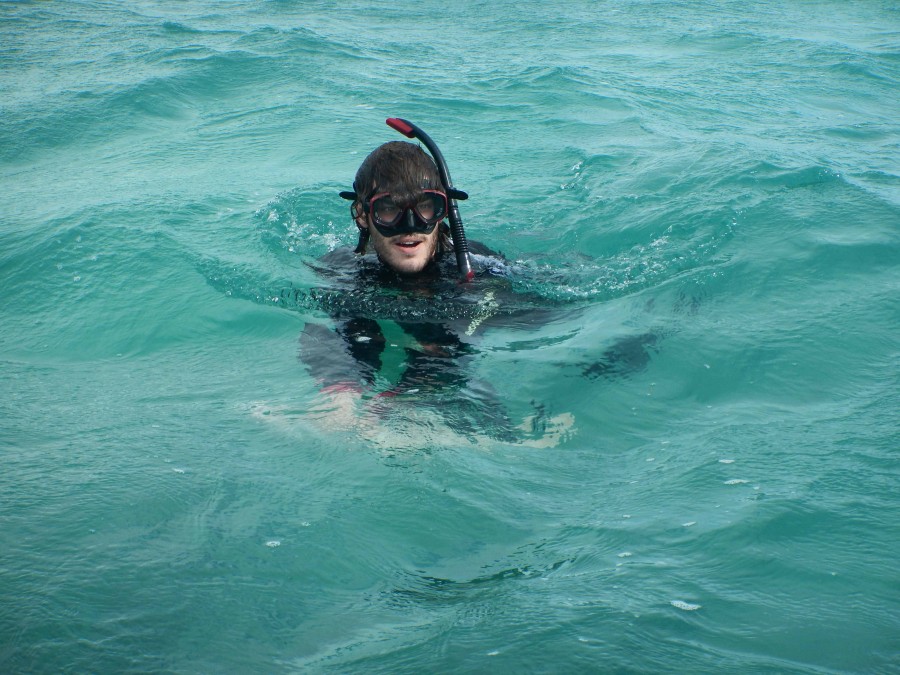
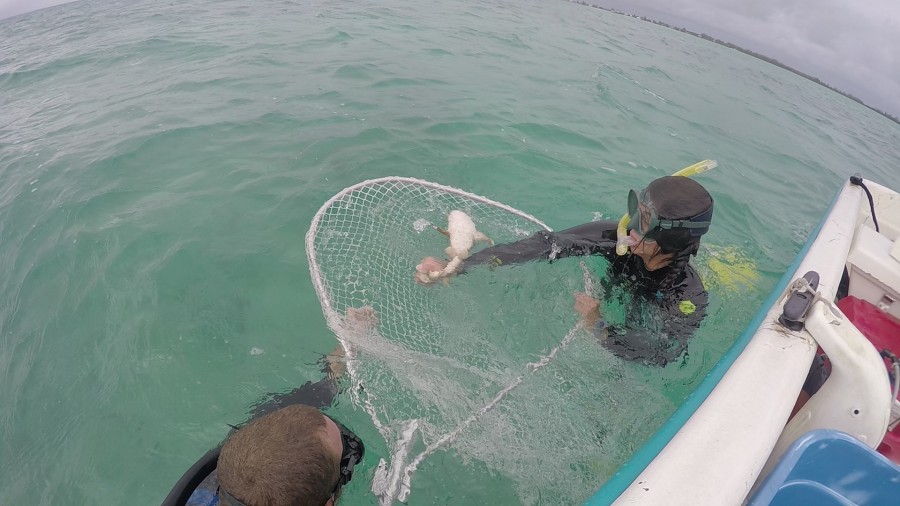
Once the sharks were caught, they were transferred to the work up boat where they were weighed, measured in length and a genetic tissue sample was taken from their second dorsal fin. They were also scanned for the presence of a PIT tag, a tag that emits a signal that you can detect and has a specific ID. If no tag was present, then we implanted one. That way we can track the growth of specific sharks, and also see what sharks are returning to or residing in the area. This was a pretty fun morning! We headed out to search for hammerheads again in the afternoon but had no luck on this day.
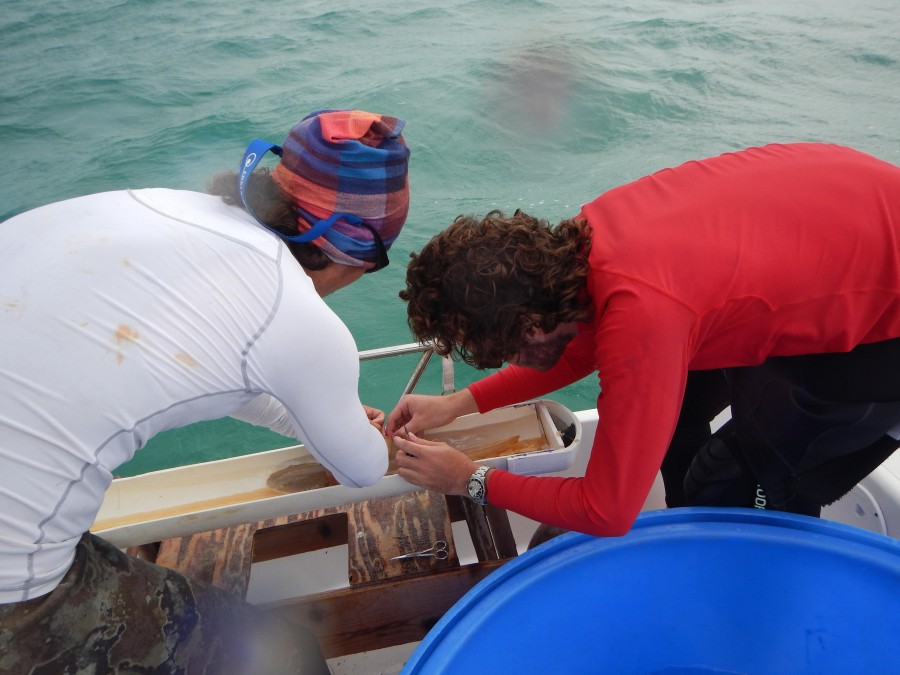
Our final morning was spent working up some southern stingrays instead! Between two boats the research experience guests split up with a few staff members and we stayed in the shallow sandy areas and searched for southern stingrays. Once one of the boats spotted one, we had to coordinate everyone with nets and barriers and try to surround the ray, and eventually capture it in one of the nets and transfer it to the boat for a similar work up as the nurse sharks. This sounds a lot easier than it actually is, these guys are fast! After the first couple of stingrays we finally started to work really well as a team.
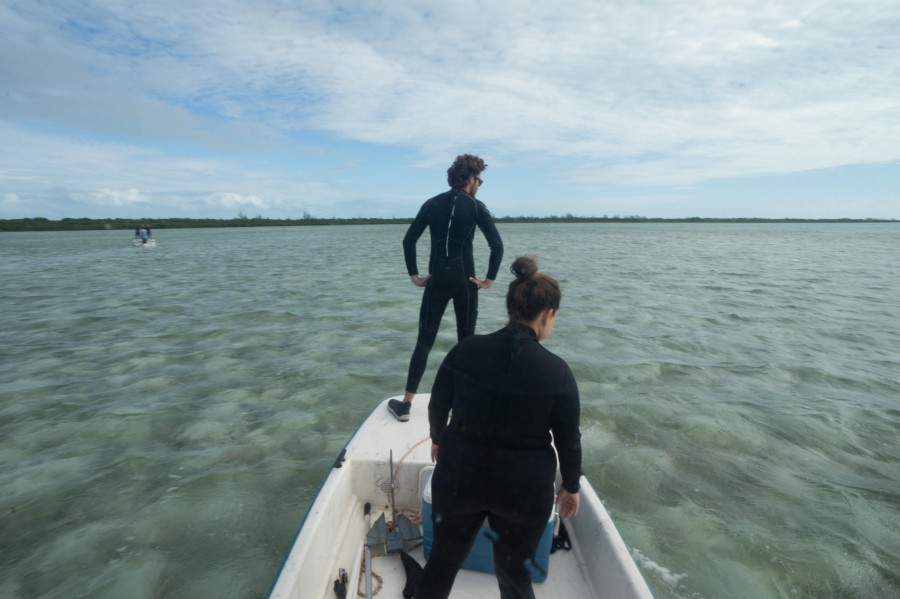
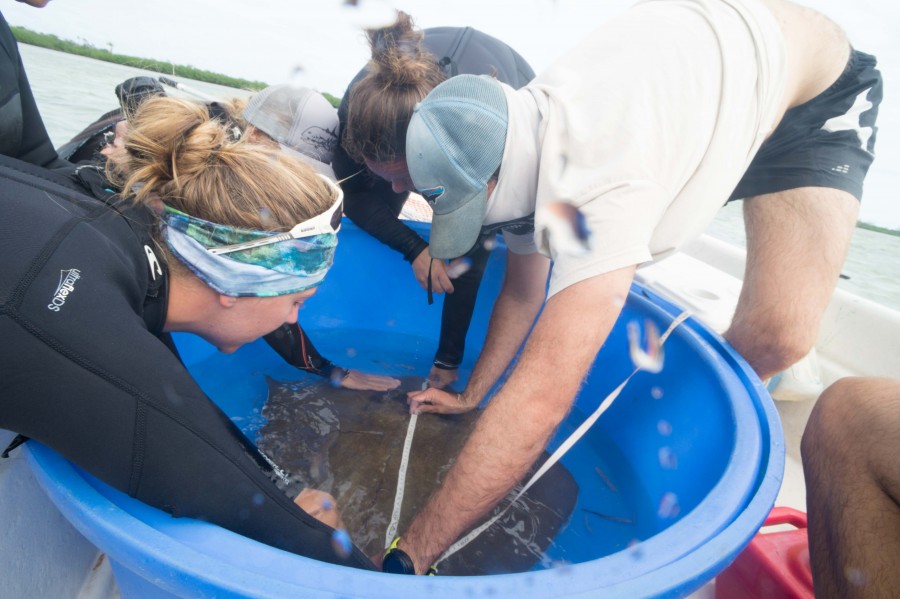
That was the end of my research experience, as we flew back to Miami in the afternoon where Jeff and Missy picked me up again. I really have to thank Jeff Trotta for sending me to the lab for this experience, it was all his idea organising to send all three scholars to the lab. Definitely something worthwhile doing if you’re ever in that part of the world!
